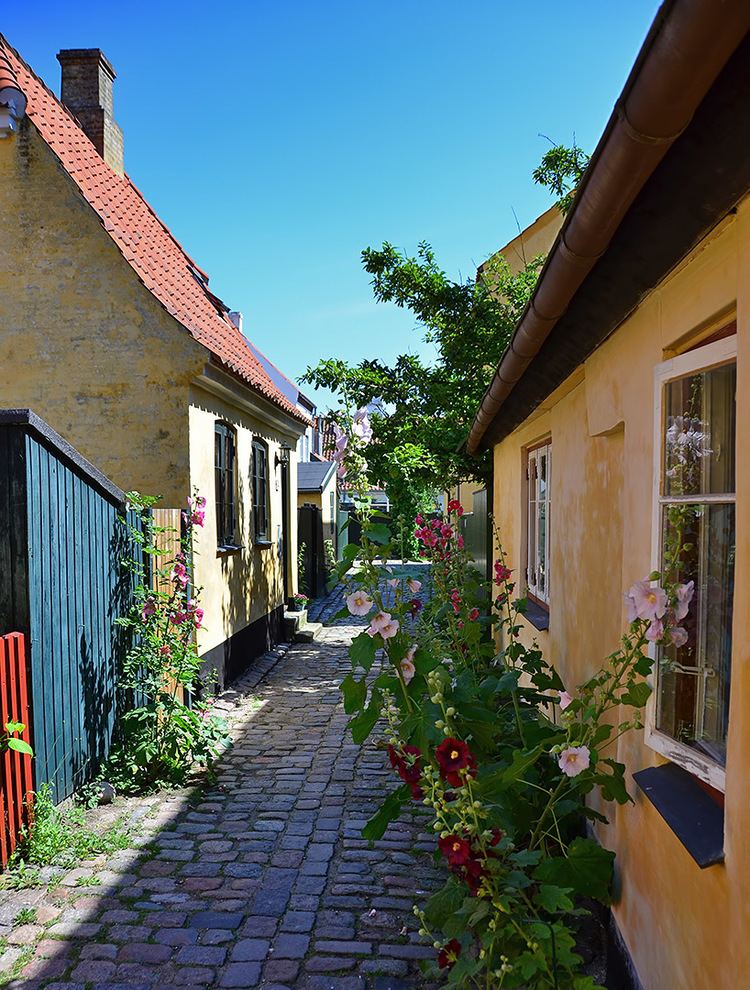Country Denmark Local time Monday 7:32 PM | Region Capital (Hovedstaden) Population 11,941 (2015) | |
 | ||
Time zone Central Europe Time (UTC+1) Weather 1°C, Wind NE at 29 km/h, 80% Humidity Points of interest Peberholm, Dragør Fort Hotel, Amager Museum, Lodstårn | ||
Dragør is the main town and the seat of the municipal council of Dragør Municipality, (Denmark), which includes the village of Store Magleby.
Contents
Map of 2791 Drag%C3%B8r, Denmark
Geography
Dragør, on the southeastern coast of the island of Amager, is located only 12 km from central Copenhagen, but the town is not a part of the urban area of Copenhagen. Together with the neighbouring village of Store Magleby, it forms a separate urban area with a population of 11,941 (1 January 2015).
Dragør has many well-preserved historical buildings. The old part of the town is a compact, picturesque maze of alleys with yellow-painted houses, red roofs, and cobblestone streets built in the traditional Danish style. Many of these buildings are hundreds of years old.
Dragør was a prosperous seafaring town in the latter half of the 19th century, and its charming harbour front is still in use.
History
Dragør was founded in the 12th century, and grew quickly as a fishing port. In 1370, the Hanseatic League was granted some trade privileges in the town. Dragør continued to grow - as the home of one of the largest fishing fleets in the country and as a base for salting and processing fish.
The first part of the name, Drag-, refers to drawing (dragging) boats ashore. The ending -ør is common in Scandinavian placenames and means a beach covered in sand or gravel.
The area has a Dutch ancestry that is still much in evidence. In the early 16th century, King Christian II invited a group of farmers from the Netherlands — at the time a more agriculturally advanced nation than Denmark — to settle in the area and produce food for the royal household. Twenty-four families arrived. They and their descendants settled in the village of Store Magleby. Tensions between the Dutch farmers of the inland and the Danish fishermen and sailors at the coast are still detectable now, with a certain rivalry between citizens of Store Magleby and Dragør. The Dutch peasants delivered vegetables to the Amagertorv market in Copenhagen. Among their many other achievements they were responsible for introducing the carrot to Denmark. Dutch and Low German were still spoken on Amager until the 19th century.
Dragør was made an independent parish 1 April 1954, before that being a part of Store Magleby parish.
Attractions
Economy
Prior to its dissolution, Maersk Air had its headquarters in Dragør. When it existed, Sterling Airlines had its head office at Copenhagen Airport South in Dragør.
